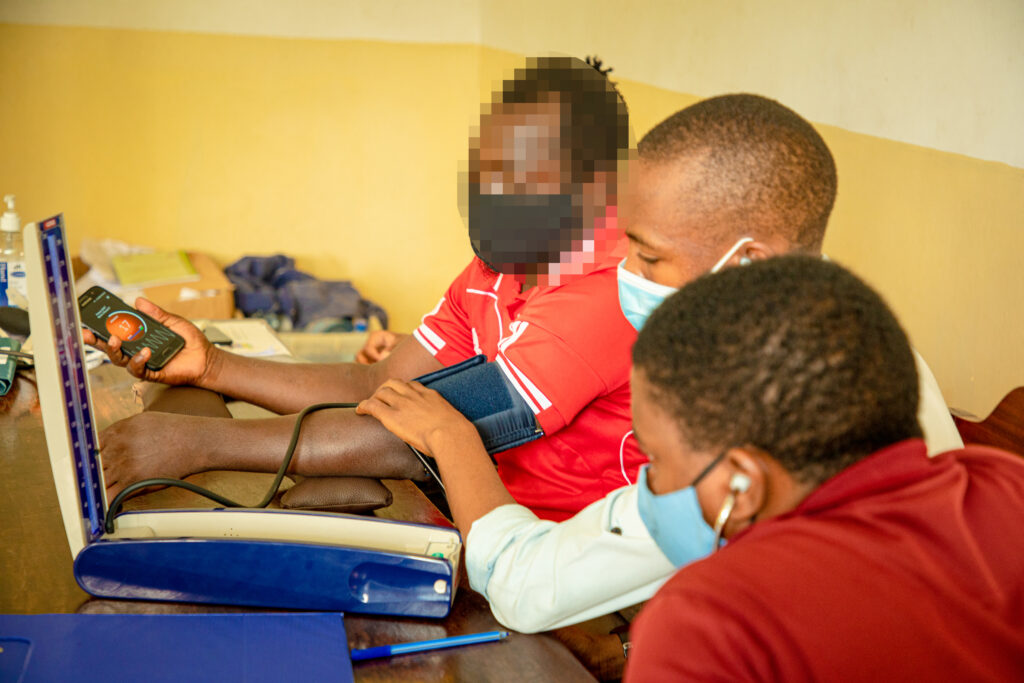The landscape of public health is undergoing a significant transformation, particularly in low and middle-income countries (LMICs). One of the driving forces behind this change is the widespread adoption of connected mobile health (mHealth) apps, which are revolutionizing healthcare delivery and access. Among these apps, OptiBP, a blood pressure monitoring tool, has emerged as a game-changer in managing hypertension, a major public health concern worldwide.
The Burden of Hypertension in LMICs
Hypertension, or high blood pressure, is a leading risk factor for cardiovascular diseases, which are the number one cause of death globally. In LMICs, the prevalence of hypertension is increasing at an alarming rate, primarily due to lifestyle changes, urbanization, and aging populations. However, access to healthcare services, including blood pressure monitoring and treatment, remains a challenge in these regions due to limited resources, infrastructure, and trained healthcare professionals.
The Rise of Connected mHealth Apps
The advent of connected mHealth apps has provided a promising solution to address the healthcare challenges in LMICs. These apps leverage the ubiquitous nature of mobile phones and internet connectivity to deliver healthcare services directly to individuals, regardless of their location or socioeconomic status. Connected mHealth apps offer a range of features, including health education, symptom tracking, medication reminders, and remote consultations with healthcare providers.
OptiBP™: A Breakthrough in Blood Pressure Monitoring
OptiBP is a prime example of a connected mHealth app that is transforming hypertension management in LMICs. This innovative app utilizes the smartphone’s camera to measure blood pressure accurately and conveniently, eliminating the need for traditional cuff-based devices. OptiBP’s affordability, ease of use, and clinically certified functionality make it an ideal tool for blood pressure monitoring in resource-constrained settings.
Impact of OptiBP on Public Health Initiatives
The implementation of OptiBP in public health initiatives in LMICs has demonstrated significant potential to improve hypertension management and reduce the burden of cardiovascular diseases.
Increased Access to Blood Pressure Monitoring: OptiBP has enabled widespread access to blood pressure monitoring in LMICs, particularly in remote and underserved areas. Individuals can now easily monitor their blood pressure at home, leading to early detection of hypertension and timely intervention.
Improved Hypertension Management: By facilitating regular blood pressure monitoring, OptiBP empowers individuals to actively participate in their healthcare and make informed decisions about their treatment. It also enables healthcare providers to remotely monitor their patients’ blood pressure readings, adjust medications, and provide personalized care.
Enhanced Health Education and Awareness: OptiBP integrates educational resources about hypertension, its risk factors, and preventive measures. This empowers individuals to adopt healthy lifestyles and make informed choices to manage their blood pressure effectively.
Cost-Effective Healthcare Delivery: OptiBP’s affordability and scalability make it a cost-effective solution for blood pressure monitoring in LMICs. It reduces the financial burden on individuals and healthcare systems, allowing resources to be allocated to other essential health services.
Challenges and Future Directions
While the potential of connected mHealth apps like OptiBP is evident, several challenges remain to be addressed. These include ensuring data privacy and security, integrating mHealth apps into existing healthcare systems, and addressing the digital divide in LMICs.
The future of connected mHealth apps in public health is promising. With advancements in technology, we can expect to see more sophisticated apps that integrate artificial intelligence, machine learning, and wearable devices to provide personalized healthcare solutions. Furthermore, the integration of mHealth apps with electronic health records and telemedicine platforms will streamline healthcare delivery and improve patient outcomes.
Conclusion
Connected mHealth apps, such as OptiBP, are revolutionizing public health in LMICs by increasing access to healthcare services, improving disease management, providing meaningful, connected data and empowering individuals to take charge of their health. As technology continues to evolve, we can anticipate a future where mHealth apps play an even greater role in transforming healthcare delivery and improving health outcomes globally.
